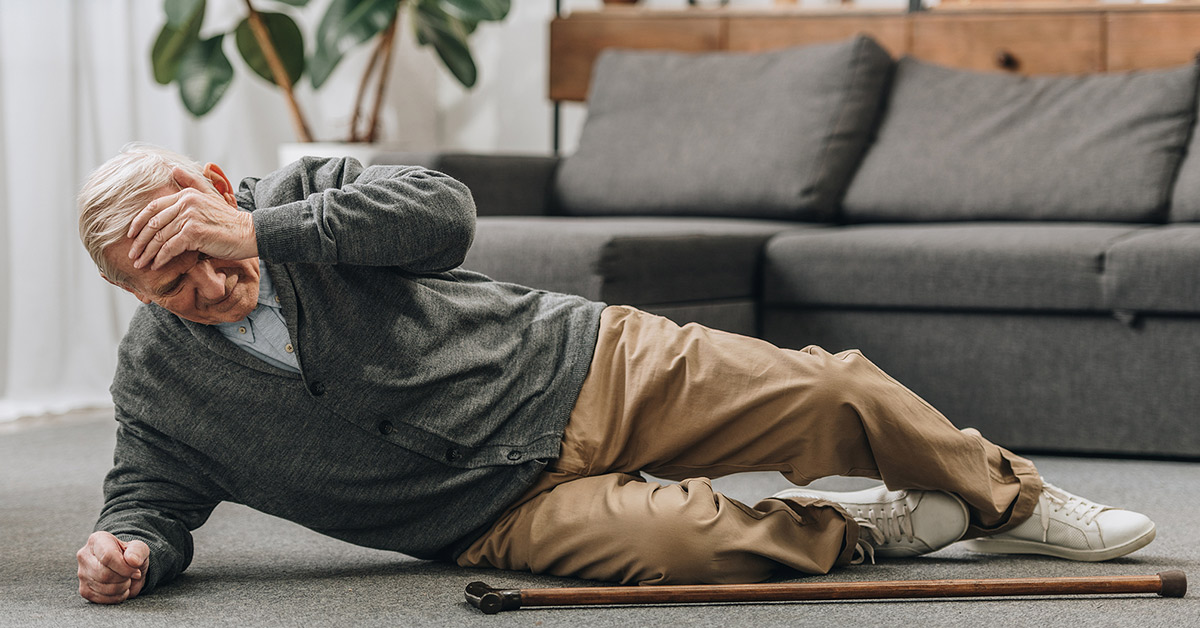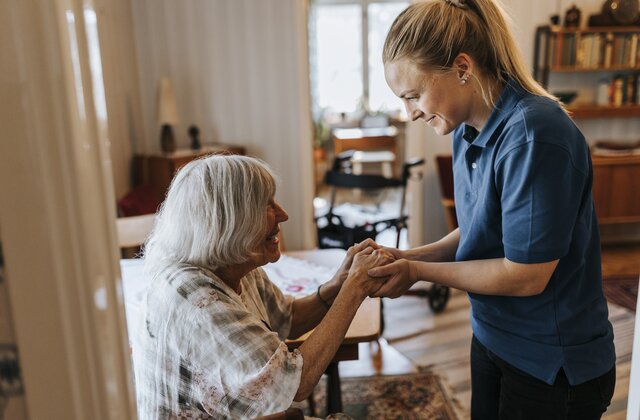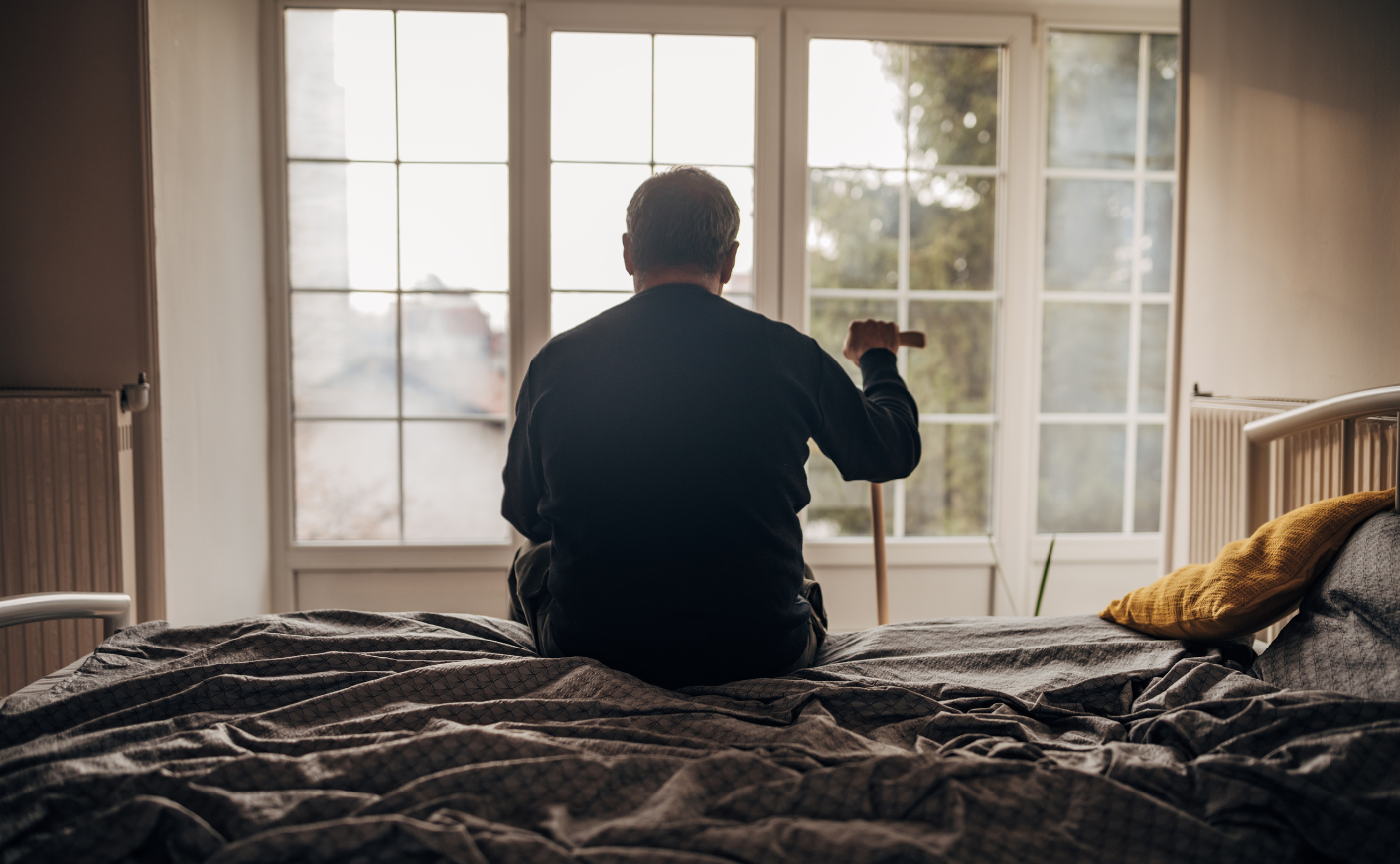Every year, millions of people, especially older adults, experience falls that lead to hospitalizations. These incidents not only impact the individual’s health but also have significant financial implications. Understanding the cost of fall-related hospitalizations is crucial for families, caregivers, and healthcare providers. By grasping these costs, we can better prepare and implement strategies to mitigate them.
The cost of fall-related hospitalizations often includes medical expenses, rehabilitation, and long-term care. These costs can be a burden on families and the healthcare system. This article delves into the factors contributing to these costs and explores ways to prevent falls and their associated expenses.

What Are Fall-Related Hospitalizations?
Fall-related hospitalizations occur when an individual requires hospital care due to injuries sustained from a fall. These injuries can range from minor bruises to severe fractures or head injuries. Older adults are particularly vulnerable due to age-related factors such as decreased bone density and balance issues.
Factors Contributing to High Hospitalization Costs
Medical Expenses
The immediate medical costs of treating fall-related injuries can be substantial. These expenses include emergency room visits, diagnostic tests, surgeries, and medications. The severity of the injury often dictates the level of care required, directly impacting costs.
Rehabilitation and Therapy
Post-hospitalization, many individuals require rehabilitation or physical therapy. These services are essential for recovery but add to the overall cost of fall-related hospitalizations. The duration and intensity of therapy can vary, influencing the total expense.
Long-Term Care
For some, a fall can lead to the need for long-term care, especially if the individual experiences a loss of independence. Assisted living facilities or in-home care services are additional costs that families may face.
Economic Impact on Families and Healthcare Systems
Families often bear the brunt of the financial impact of fall-related hospitalizations. Out-of-pocket expenses, loss of income due to caregiving responsibilities, and the emotional toll can be overwhelming. Additionally, the healthcare system faces increased strain with a rise in fall-related admissions, impacting resources and services.
Preventive Measures to Reduce Costs
Home Safety Modifications
Making homes safer for older adults can significantly reduce the risk of falls. Simple modifications, such as installing grab bars, improving lighting, and removing tripping hazards, can prevent falls and reduce hospitalization costs. For more on making homes safer, check out this guide on Emergency Contacts.
Regular Health Check-Ups
Regular health check-ups and screenings can help identify risk factors for falls, such as vision problems or medication side effects. Addressing these issues proactively can prevent falls and their associated costs.
Exercise and Balance Programs
Participating in exercise programs focusing on strength and balance can enhance stability and reduce fall risk. Programs like tai chi or yoga are beneficial for older adults.
The Role of Technology in Fall Prevention
Technology plays an increasingly vital role in preventing falls. Devices such as motion sensors and alert systems can provide real-time monitoring and alerts, ensuring timely intervention. Explore how technology is aiding independent living through Elderly Care Solutions.
Government and Community Support
Government and community programs are essential in supporting fall prevention efforts. Grants and resources for home modifications, public awareness campaigns, and community exercise programs can help reduce fall-related hospitalizations and costs.
Case Studies and Real-Life Examples
Examining real-life cases provides valuable insights into the impact of falls and the effectiveness of prevention strategies. For example, community initiatives in certain regions have successfully reduced fall rates through comprehensive safety programs.
Conclusion: A Collective Effort to Reduce Costs
Reducing the cost of fall-related hospitalizations requires a collective effort from individuals, families, healthcare providers, and policymakers. By investing in prevention and utilizing technology, we can mitigate the financial and emotional toll of falls.

Frequently Asked Questions
What are the main causes of falls in older adults?
Falls in older adults are often caused by a combination of factors, including muscle weakness, balance issues, medication side effects, and environmental hazards.
How can families mitigate the financial impact of fall-related hospitalizations?
Families can reduce financial burdens by investing in preventive measures, such as home modifications and regular health check-ups. Exploring government and community support programs can also provide financial assistance.
What role does technology play in preventing falls?
Technology, such as motion sensors and alert systems, plays a critical role in monitoring and preventing falls. These devices offer real-time alerts and monitoring, ensuring timely intervention and support.
For more information on preventing falls among the elderly, visit Physio-Pedia.
This article contains affiliate links. We may earn a commission at no extra cost to you.






